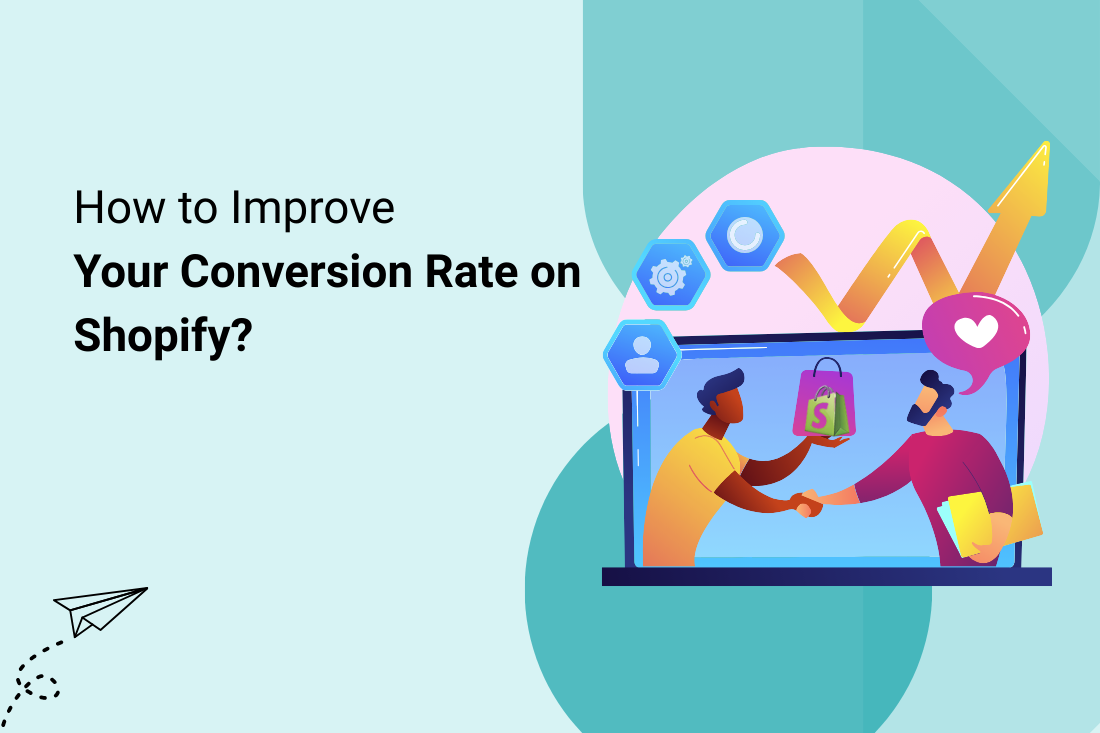
How to Improve Your Conversion Rate on Shopify?
Share
Running an online store is more than just having a great product; it’s about converting visitors into customers. With Shopify being one of the leading e-commerce platforms, leveraging its features can significantly boost your conversion rates. Here’s a comprehensive guide on how to get better conversion rates on Shopify.
1. Optimise Your Store Design
First Impressions Matter
The design of your store is the first thing visitors notice. A clean, professional, and user-friendly design builds trust and encourages visitors to explore further.
Mobile Responsiveness
With a significant portion of traffic coming from mobile devices, ensuring your Shopify store is mobile-friendly is crucial. Use responsive themes that adapt to various screen sizes seamlessly.
Easy Navigation
Make it easy for customers to find what they’re looking for. Use clear categories, intuitive menus, and a powerful search function to improve the user experience.
2. Improve Page Load Speed
Fast Loading Times
A slow website can deter potential customers. Optimise images, use a reliable hosting service, and minimise the use of heavy scripts to ensure your store loads quickly.
Use Accelerated Mobile Pages (AMP)
AMP can significantly enhance mobile load times, providing a smoother experience for mobile users and improving your chances of conversion.
3. Create Compelling Product Descriptions
High-Quality Images
High-resolution images that showcase your products from multiple angles can enhance perceived value and reduce uncertainty.
Detailed Descriptions
Write detailed, benefit-focused product descriptions. Highlight key features, benefits, and uses of the product to help customers make informed decisions.
Customer Reviews
Incorporate customer reviews and ratings. Social proof can build trust and influence purchasing decisions.
4. Streamline the Checkout Process
Simplify Checkout
Reduce the number of steps in your checkout process. Offer guest checkout options to avoid forcing users to create an account.
Multiple Payment Options
Provide multiple payment options to cater to different preferences. Accept major credit cards, PayPal, and other popular payment methods.
Trust Seals and Security
Display trust seals and ensure your checkout process is secure. Reassure customers that their personal and payment information is safe.
5. Leverage Abandoned Cart Recovery
Automated Emails
Set up automated abandoned cart emails to remind customers of items they left behind. Offering a small discount or free shipping can entice them to complete the purchase.
Exit-Intent Popups
Use exit-intent popups to offer incentives just before a visitor leaves your site. This can help recover potential lost sales.
6. Implement Effective Marketing Strategies
Email Marketing
Build an email list and send targeted campaigns to your subscribers. Personalised emails with relevant offers can drive conversions.
Social Media Integration
Integrate your store with social media platforms. Use shoppable posts and ads to drive traffic directly to your product pages.
Retargeting Ads
Use retargeting ads to reach visitors who didn’t convert on their first visit. Reminding them of your products can encourage them to return and make a purchase.
7. Utilise Analytics and Testing
Track and Analyse
Use Shopify’s analytics tools to track visitor behaviour and identify areas for improvement. Understanding where customers drop off can help you optimise those touchpoints.
A/B Testing
Conduct A/B tests on different elements of your site, such as headlines, images, and call-to-action buttons. Testing helps you understand what resonates best with your audience.
Conclusion
Improving your conversion rate on Shopify involves a combination of design optimisation, streamlined processes, effective marketing, and continuous testing. By focusing on the user experience and addressing potential barriers to purchase, you can turn more visitors into satisfied customers. Implement these strategies to see a noticeable improvement in your Shopify store’s performance.
